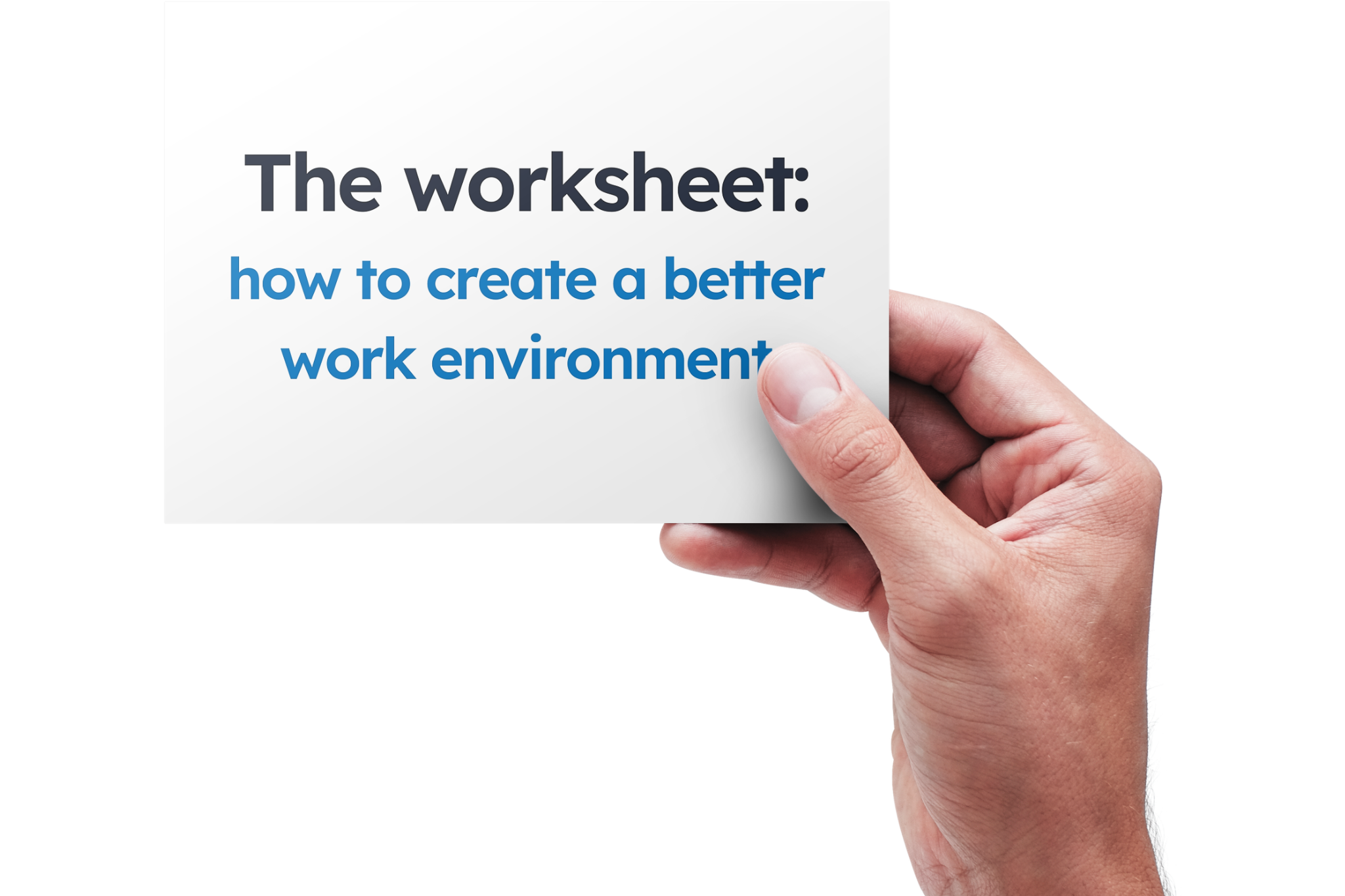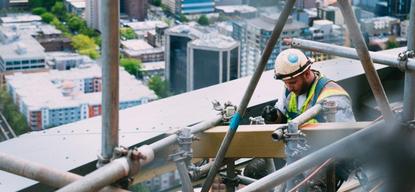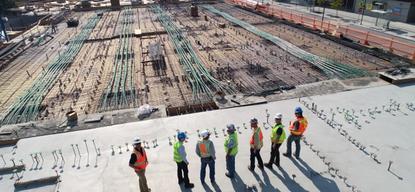Guest posts
Breaking down silos at the construction site
By LivingLean
Peter Rishøj
Peter Rishøj has more than 15 years of experience when it comes to developing techniques and methods for improving team collaboration and communication in the construction business.
Valuable time can easily be wasted in a construction process if workers don’t understand how to work effectively together, recognizing each other’s individual value. The perpetrator behind inefficient collaboration leading to low productivity is often the so-called ‘silo mentality’. This is something most successful businesses will want to stay clear off, thus needing LivingLean’s expertise in the field.
3 primary types of silos
Organisational silos: When planning a project within an organisation, it is actually necessary and beneficial to think in certain ‘divisions’ of departments and groups of workers, so that every group’s role, function, and responsibility is well-defined. However, showing respect for other teams’ skills and knowledge, while at the same time shouldering individual responsibilities, is paramount to the creation of a positive and trusting work environment across departments. When different departments or teams represent their own area of expertise, and at the same time understand and can appreciate that of other groups, it creates solidarity at the workplace, ultimately allowing everybody to work together to create the best possible product.
Information silos: If there is not enough communication and information-sharing between the different ‘divisions’ of workers, this is where the silos start to cause trouble. When information is confined to a specific group, it cannot be of value to the rest of the organisation. The information silo is also a slippery slope towards the vastly damaging ‘silo mentality’.
Silo mentality: These psychological silos are the most destructive, because they are invisible, but consist of the beliefs and thoughts that influence how the individual employees act and make decisions daily, ultimately affecting the choices of their teams. Worst case scenario, silo mentality can create teams that are narrow-minded, prejudiced, and unfriendly towards other teams, departments, and their ideas – something which is very damaging to any organisation, project, or workplace. If your company gets trapped in such a silo, even if they realise it, it can be extremely hard to escape.
The silo mentality can have costly effects on building projects
If project workers at a construction site are caught up in the silo mentality, in most cases it will result in an unhealthy work culture. Project leaders can have great visions and intentions for a project, but if the workers executing it do not experience a psychologically safe work place, it will most certainly be reflected in the process, for example when:
- Participants feel like their work is wasted
- Employees feel demotivated and their productivity declines – maybe they find new jobs
- Delays because of ‘slip-ups’ – for example if an electrician has to break down a wall, because the builder wasn’t aware that electrical cables needed to be installed first
- The project cost starts to exceed the budget
Further conflicts and delays are inevitable, as well as the risk of serious defects to the final project.
Symptomatic struggles
A negative work environment is not hard to identify, but it is crucial for supervisors and employers to catch the early signs of the silos causing problems between workers of different teams and departments. The most typical symptoms of an unhealthy work environment will often manifest in this manner:
- The construction site will start to look messy
- Tasks are completed slower than usual
- Workers from different teams and departments don’t chat and the atmosphere is glum
- Meetings are unproductive and discussions never end in decision-taking
- Participants in the meetings are unprepared and dispirited
- There is ‘An elephant in the room’ that no one dares to talk about
If any of the above symptoms are present at a workplace, it is time to take action, before the problem becomes too severe. The earlier the silos are dealt with, the easier they are to change or avoid altogether.
Get ahead of the silos today
If you want to help the participants on your project fight the silo mindset and prevent a psychologically unsafe work environment, download our worksheet now and be equipped with a concrete method to use in conflict management.

It’s never too late
If the damage is already done and the silos are present, perhaps even dominating, finding an impartial person without ties to the project in question is often the best solution. Supervisors and employers who try to mediate in a conflict are often unsuccessful, as they are rarely 100% neutral. As a result, it is highly recommendable to find an impartial, external partner, like LivingLean, whose only objective is driving the project forward by breaking down the damaging silos that are obstructing collaboration, positive communication and information-sharing.
Specialist help at LivingLean
LivingLean are dedicated experts in stakeholder management, focused on optimising construction businesses’ internal processes, workflows, and general channels of communication. Teamwork and information-sharing is seen as the foundation of success at all stages of the building process. LivingLean specialises in psychology, work sociology, and systematic project management and makes an invaluable partner on any type of construction project.



